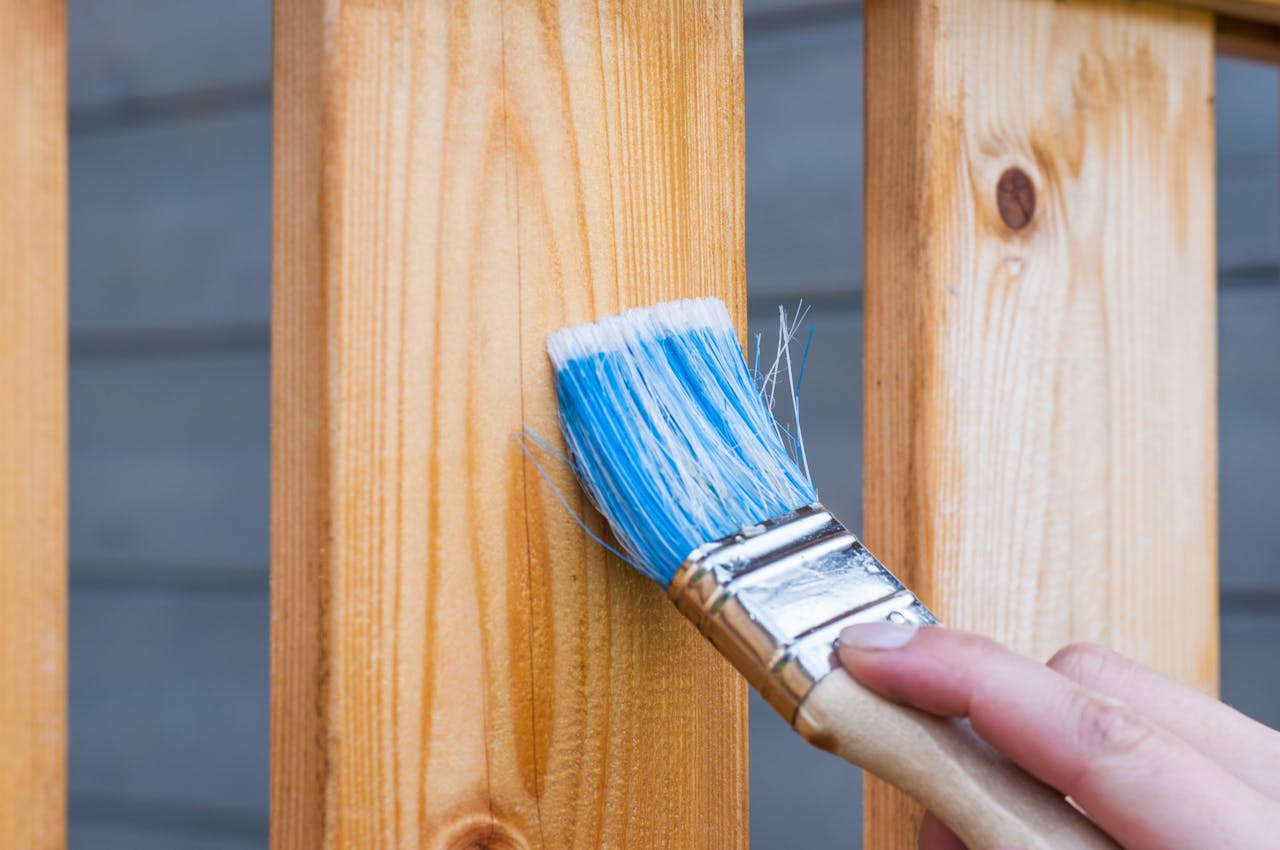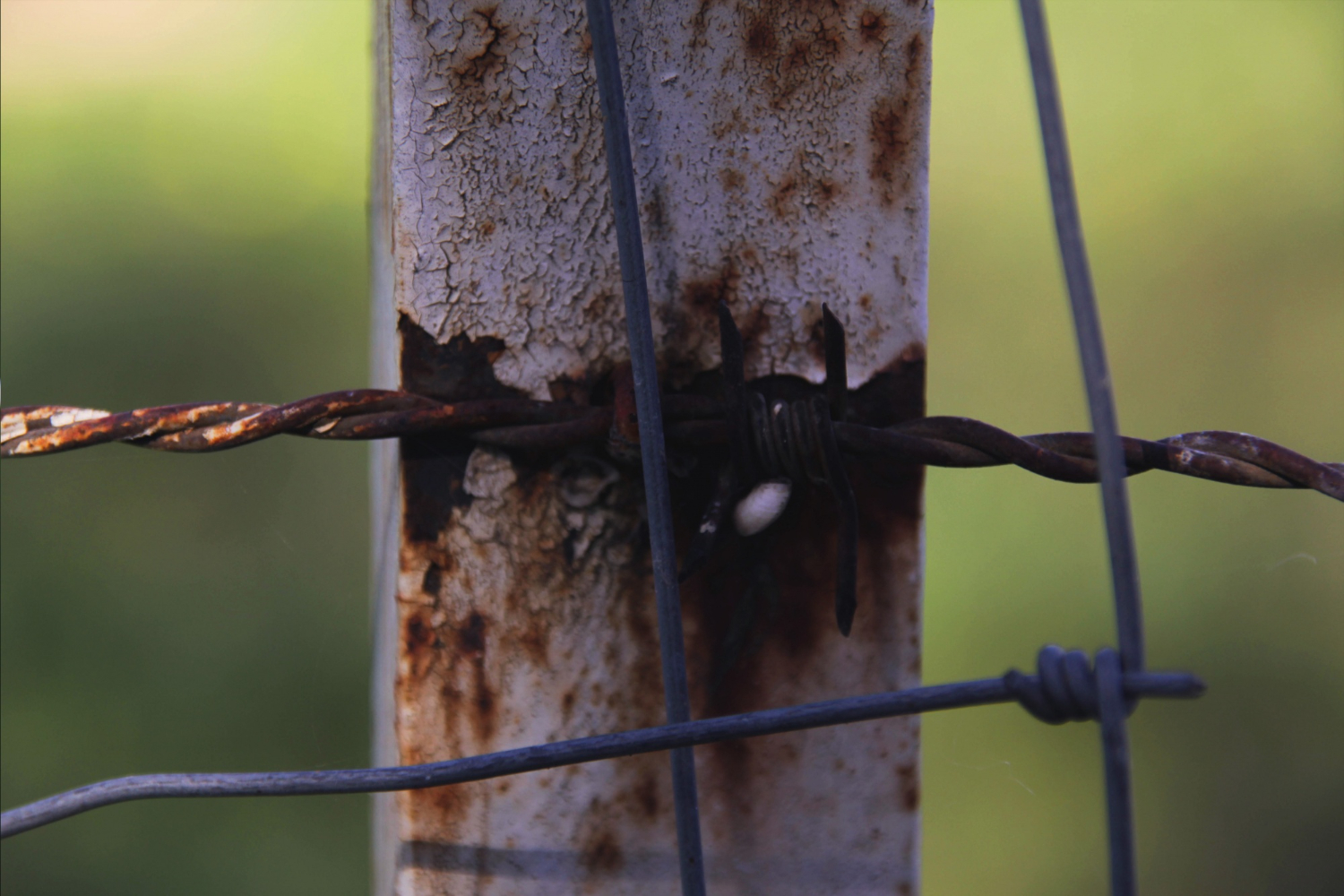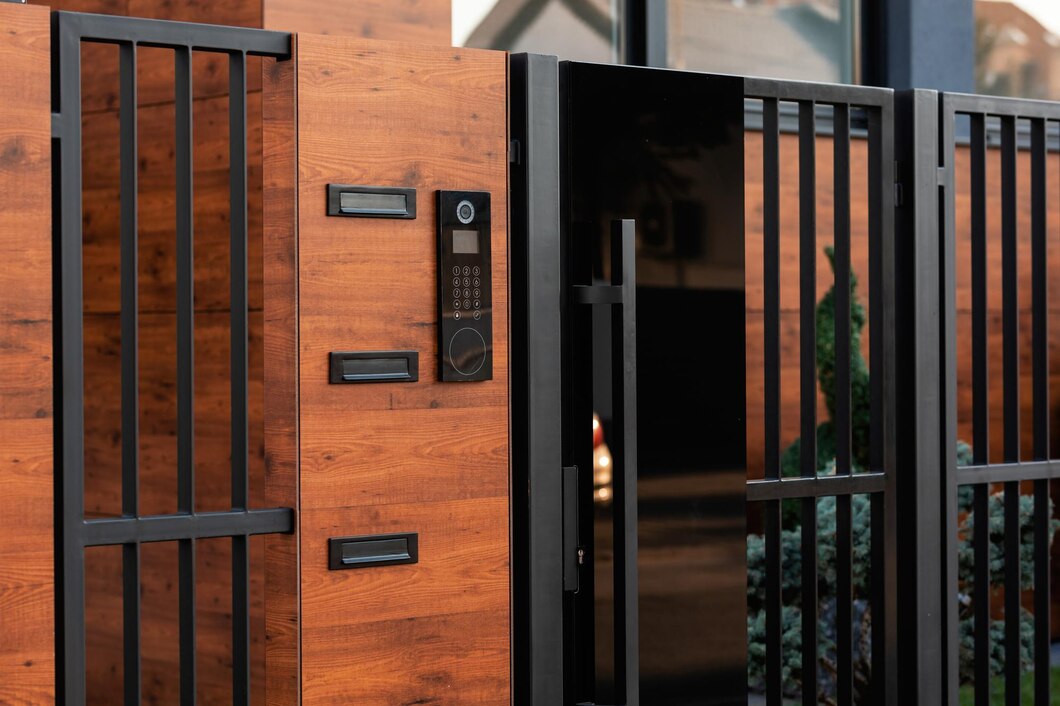Wooden fences add beauty to any property, but over time, exposure to the elements can take a toll. Sun, rain, wind, and even pests can wear down the wood, leading to damage and decay. Luckily, there are practical steps you can take to protect your fence and extend its lifespan.
By understanding how different factors affect your fence, you can make informed choices about care and treatments. From applying the right sealers to maintaining your fence with regular routines, each step is essential. Keeping your fence in good condition not only saves you money on replacements but also keeps your home looking its best.
Conducting regular checks helps you catch any early signs of trouble, allowing quick repairs before they become bigger issues. With a little effort and attention, your wooden fence can stand strong and look great for years to come. This guide will explore the best ways to extend the life of your wooden fence, so you can enjoy its charm and functionality long into the future.
Understanding the Factors That Affect Wooden Fence Longevity
Wooden fences are vulnerable to several factors that can shorten their lifespan. One significant factor is weather. Rain can seep into the wood, causing it to rot or warp over time. This weakens the fence and leads to structural issues. On the flip side, the intense sun can dry out the wood, making it brittle and causing cracks.
Pest damage is another concern. Termites and other insects find it easy to burrow into untreated wood. This can quickly compromise the strength of your fence, leading to costly repairs or replacement. Regular inspections for pest activity can help prevent their impact.
Soil conditions also affect how long your fence will last. If the soil shifts or erodes, it can destabilize fence posts, causing the fence to lean or collapse. Ensuring proper drainage around the fence area can minimize soil-related problems.
Another factor is physical damage. Kids playing, pets jumping, or accidental impacts from yard work can leave marks or break sections of your fence. Over time, these issues can worsen if not addressed promptly.
Understanding these factors helps you implement preventative measures, ultimately prolonging the life of your wooden fence. Regular maintenance and care tailored to these challenges are vital.
Choosing the Best Protective Treatments and Sealers
Protective treatments and sealers are essential for maintaining the integrity and appearance of your wooden fence. Picking the right ones can make all the difference. These treatments guard against moisture, UV rays, and pests, helping your fence withstand daily wear and tear.
Stains and sealers are popular choices for protecting wood from the elements. A premium wood stain helps maintain the fence’s color while offering a barrier against water. Opt for oil-based stains, as they penetrate deeper and last longer. This makes them perfect for fences in wetter climates.
Sealers add an extra layer of protection, even over stained wood. They create an impermeable surface that prevents water from seeping in. When choosing a sealer, look for one with UV inhibitors to protect against the sun’s harsh rays. This will keep your fence from fading and help preserve its natural beauty.
Insect repellents can be mixed into some protective treatments to deter pests. These are especially useful if your area is prone to termite infestations. Applying these treatments at regular intervals ensures continuous protection.
Here are some key points to consider when selecting treatments and sealers:
- Type: Choose between oil-based and water-based products depending on climate and wood type.
- UV Protection: Look for products that shield against sun damage.
- Insect Deterrents: Consider treatments with added repellents if pests are a concern.
Regular applications of these treatments can significantly extend the life of your wooden fence. Follow the manufacturer’s instructions for the best results, and keep a maintenance schedule to ensure consistent protection.
Routine Maintenance Practices for Long-Lasting Fences
Keeping your wooden fence in great shape requires regular maintenance. Simple steps can make a big difference in preserving its beauty and strength. One key task is cleaning your fence periodically. Dirt, mold, and mildew can build up over time, affecting the wood’s condition. Use a soft brush and mild detergent to scrub away residues. A pressure washer is also handy but should be used with care to avoid damaging the wood.
Inspecting your fence regularly helps spot small problems before they escalate. Check for loose nails or screws and tighten them immediately. This keeps the structure firm and prevents panels from shifting. Examine the posts and slats for signs of rot or damage. Quick fixes can stop these issues from spreading.
Trimming nearby vegetation is a smart move, too. Plants and vines can trap moisture against the wood, leading to decay. Keeping a clear area around your fence allows air to circulate and helps the wood dry faster after rain. It also reduces the chances of pests finding a way in.
Lastly, schedule periodic treatments based on your climate. If your area gets a lot of rain, reapply water-repellent treatments more often to combat moisture. Following these simple maintenance practices helps your fence withstand the test of time and stay looking its best.
Recognizing and Repairing Early Signs of Damage
Being proactive with your wooden fence involves recognizing damage at its early stages and performing necessary repairs. Early detection means you can handle small issues without resorting to costly fixes later on. Start by looking for cracks or splits in the wood. If left unattended, they can expand, weakening the fence. Use wood filler to patch up these imperfections and sand them down for a smooth finish.
Keep an eye out for changes in color. Discoloration might signal water damage or fungal growth. Applying a wood preservative can help treat and prevent further damage. If you see signs of rot, like soft or crumbly parts, cut away the affected areas and replace them with new wood when possible.
Hardware issues can also arise with nails or screws becoming loose over time. Replace any that are beyond repair, and ensure gates and hinges function properly to avoid sagging. Check for rust on metal parts and remove it using a wire brush, then apply a rust-resistant coating.
If you notice any leaning or instability in the posts, it may be time to adjust or replace them. Dig around the post and straighten it, then backfill with compacted gravel and soil. This restores the fence’s support and prevents further issues.
Taking these proactive steps not only maintains the fence’s functionality but also keeps it visually appealing. Regular checks and minor repairs go a long way toward extending its life.
Conclusion
Extending the life of your wooden fence requires a combination of preventative care, regular maintenance, and timely repairs. By understanding the key factors that can affect its longevity and selecting the right treatments, you’re setting your fence up for long-term success. Regular upkeep and vigilance in spotting early signs of damage ensure your fence remains strong and beautiful for years. A well-maintained wooden fence not only enhances your property’s charm but also provides reliable protection and privacy.
If you’re ready to upgrade your fence or need expert advice, contact Griffin Fence. With over 40 years of experience, we offer top-notch fence services tailored to your needs. Whether you’re looking for maintenance tips or planning a new fence installation, our team provides the knowledge and support to keep your fence in excellent condition. Reach out today for a consultation and let Griffin Fence help you protect your investment while enhancing your home.







